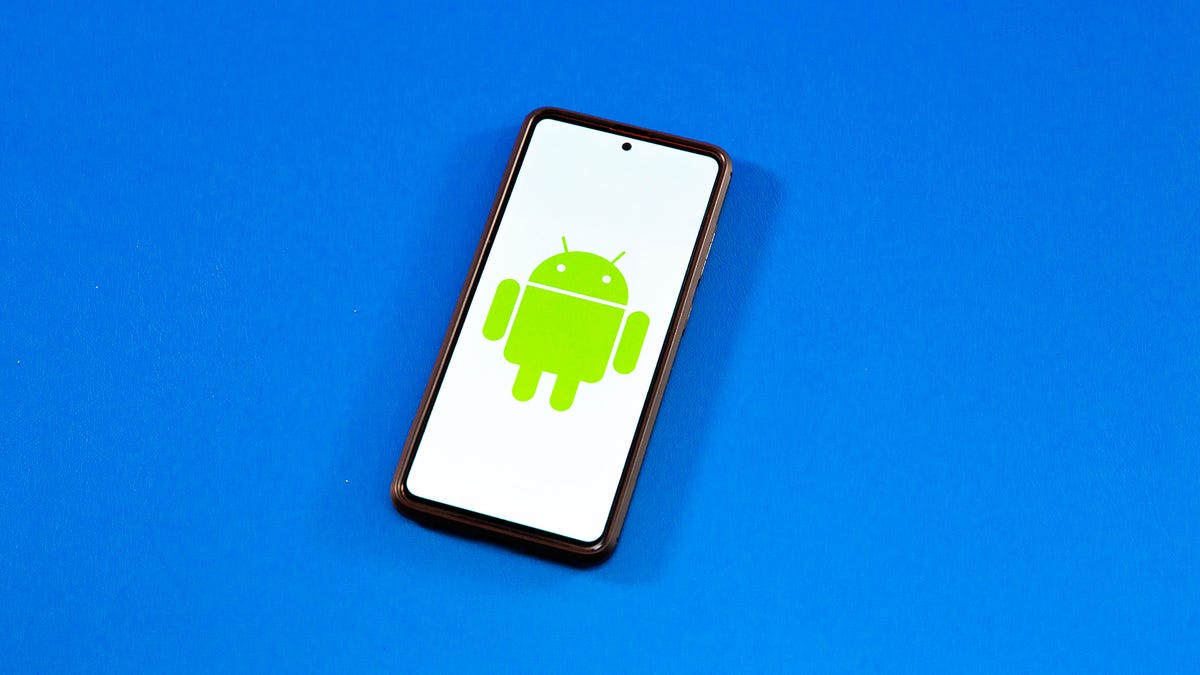6 Easy Ways to Secure Your Android Device Data
Securing your Android data is one of the best things you can do to keep your information safe.

You don't have to be a digital security expert to secure your Android's data.
Our smartphones hold a lot of our personal information. Many phones have access to our social media accounts, emails, bank accounts and more. Taking steps to secure these devices makes sure this information stays private and doesn't fall into the wrong hands.
Securing your device data isn't as difficult as it sounds. Here are six easy ways to secure your Android data now to give you some peace of mind.
Make sure your OS is up to date
Updating your operating system can patch known security vulnerabilities and fix bugs. Not updating to the latest version leaves you and your device open to flaws that could expose personal data to malicious actors. Some people might put off updating their OS so they don't have to deal with early bugs, but waiting too long can harm your system. Here's what to know about the latest Android OS, Android 13.
Turn on two-factor authentication
Two-factor authentication, or 2FA, adds a second layer of security to your Android account in case your password gets stolen. With 2FA, once you enter your password, a second message is sent to another device asking to verify that you are trying to login. It adds a bit more time to your login process, but the extra layer of security is well worth it. Here's how to turn on 2FA.
Use a password manager
If you're having trouble memorizing multiple passwords and coming up with unique passwords for every account, a password manager can help. These utilities can work hand-in-hand with 2FA and can securely store passwords and automatically fill login pages. They can also protect you against phishing scams that direct you to enter your password into a fraudulent website. For more information, check out CNET's reviews of password managers Bitwarden, LastPass and 1Password.
Encrypt your Android
Starting in 2015, Google required manufacturers to make Android devices encryptable out of the box. In fact, all Pixel, Nexus 5X, Nexus 6P, Nexus 6 and Nexus 9 devices are encrypted by default. When your device is encrypted, all data stored on the device is locked behind a PIN code, fingerprint, pattern or password known by the owner. Without that key, not even Google can unlock your device. If you have a device that doesn't have encryption on by default, here's how to encrypt your data.
Remove your data from Google
Android is a Google product, so unencrypted device data could be stored on a Google server. You can check with Google to see what data of yours it has, and you can ask Google to delete that data. The process can take time, but it's worth the effort -- your data can't be stolen if it's not in the system to begin with. Here's where you can find how to request Google to delete your information, but note that Google does not guarantee that it will complete the request.
When all else fails, wipe your phone
If you lose your phone or it's stolen, you can remotely wipe your phone. This gets rid of all data from your phone, so if you have anything on it you want to keep, you should get in the habit of backing your phone up on a separate device. Here's how to wipe your Android device.
For more information on securing your phone, check out what to know about mobile VPNs, the digital privacy tips digital security experts wish you knew and how to stop your phone from tracking you.

